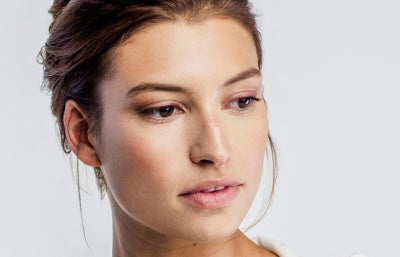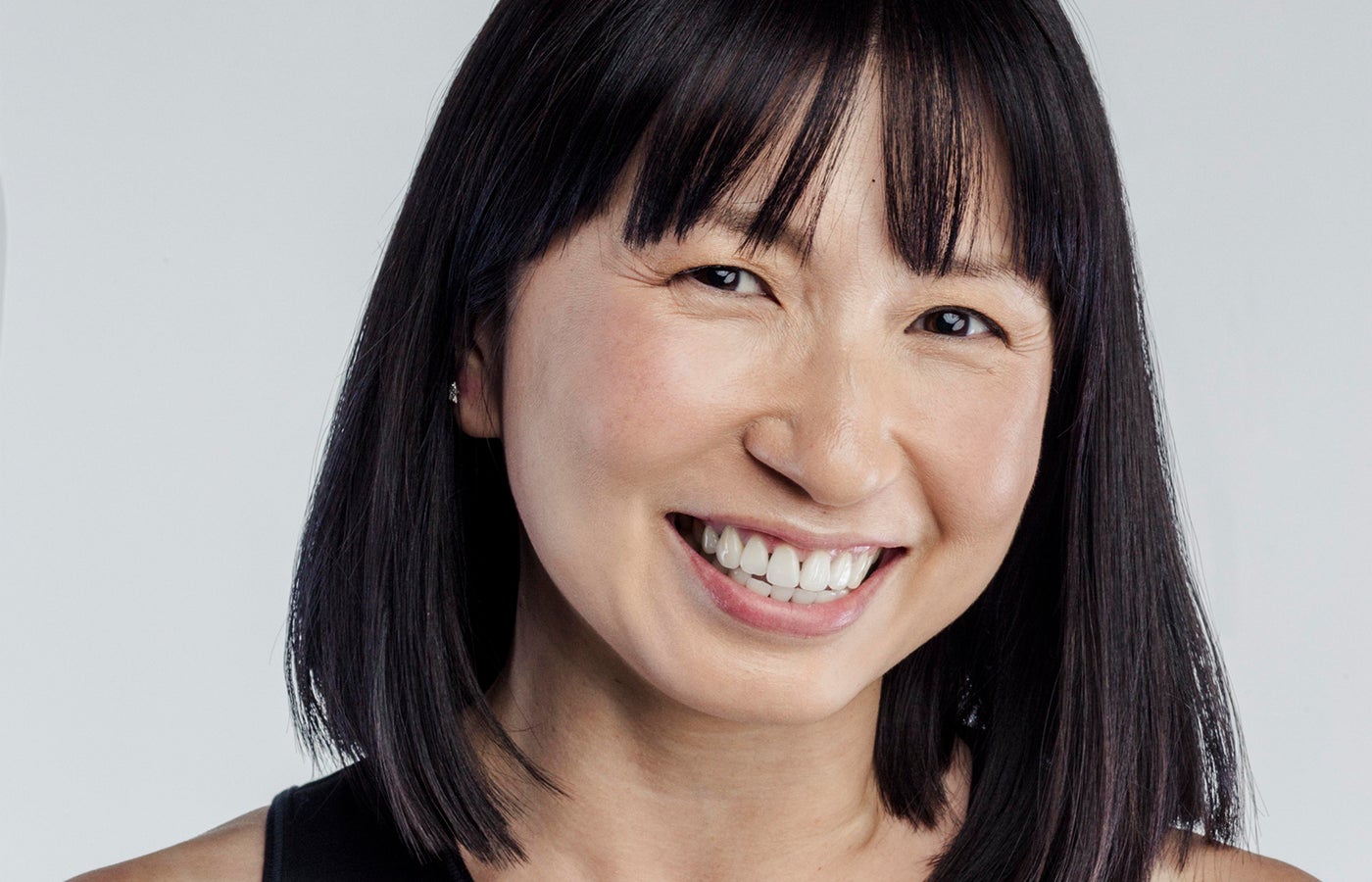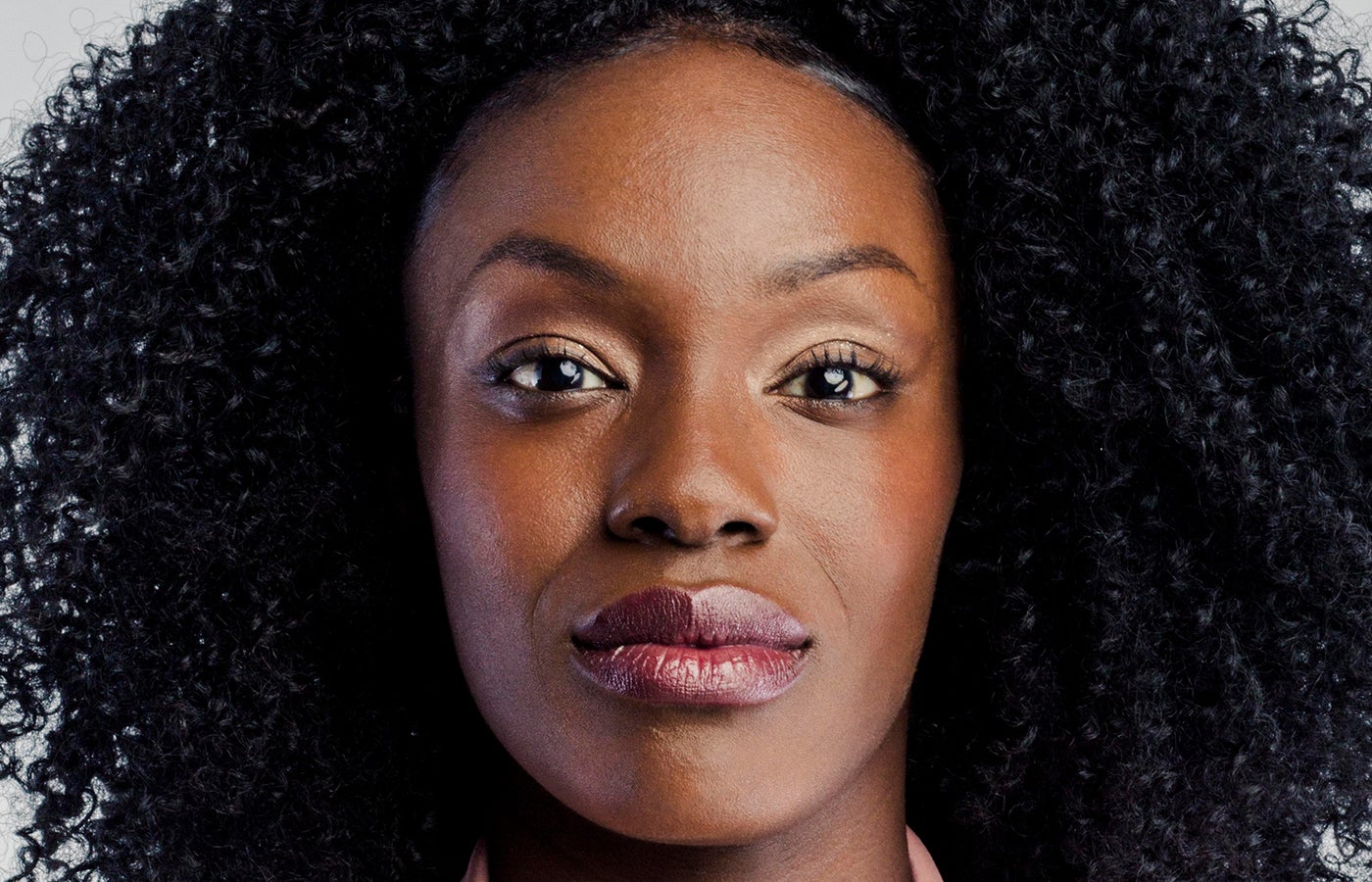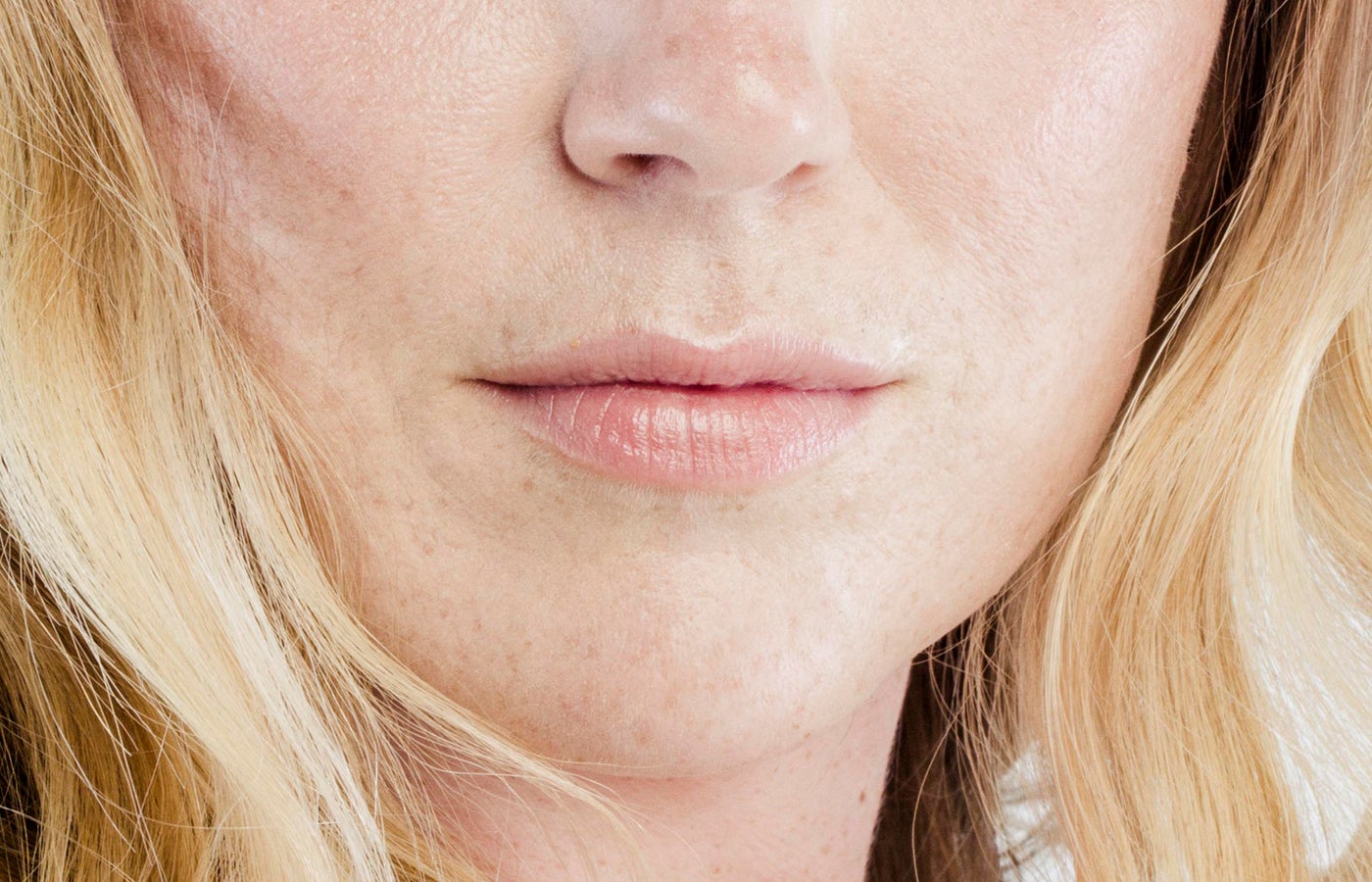BEFORE & AFTER PHOTOS
SPONSORED
Eyelid surgery before and after photo courtesy of Dr. Mansher Singh, board-certified plastic surgeon in New York City. Results may vary.
Eyelid surgery before and after photo courtesy of Dr. Mansher Singh, board-certified plastic surgeon in New York City. Results may vary.
Eyelid surgery before and after photo courtesy of Dr. Mansher Singh, board-certified plastic surgeon in New York City. Results may vary.
Eyes are the windows to the soul (cliché, but so true). They’re also one of the first areas to show signs of aging. Droopy lids, under-eye bags, or hollows can make you look tired or older than you feel. That’s where eyelid surgery, aka blepharoplasty, comes in.
Blepharoplasty consistently ranks among the top five cosmetic surgeries in the U.S. But it’s not a one-size-fits-all situation.
- Upper blepharoplasty raises hooded or droopy eyelids, removes excess skin, and creates a more defined lid contour.
- Lower blepharoplasty removes loose skin, while moving or fully removing herniated fat (a technique called “fat transposition”). This can create a smoother transition to the cheek, banish eye bags, and correct dark under-eye hollows.
- A bleph can also be combined with canthoplasty (commonly called a cat eye or fox eye lift), to create a subtle upward tilt at the outer corners.
An experienced eyelid surgeon customizes the procedure, based on your anatomy and desires.
Dr. Cameron Chesnut, a board-certified dermatologic surgeon in Spokane, Washington, says it’s also important to determine whether “there’s an issue with the positioning of the eyelid margin, commonly called ptosis” (pronounced TOE-sis). “Ptosis surgery can be performed simultaneously with blepharoplasty.”
An eyelid lift is also frequently “combined with other facial rejuvenation procedures, such as a facelift, browlift, or fat transfer,” according to Dr. Jill Hessler, board-certified facial plastic surgeon in Palo Alto, California. A holistic approach like this becomes especially important if your eyes are being pushed down by a sagging brow or pulled by heavy jowls.
RealSelf Tip: If your goal is a refined eyelid crease, look for a surgeon with expertise in double eyelid surgery. “This specialized upper eyelid surgery is commonly requested by patients of Asian ethnicity,” according to Dr. Vu Ho, board-certified facial plastic surgeon in Plano, Texas.
Pros
- Quick procedure, big impact. It’s an outpatient procedure that usually takes less than an hour. But the result? A more refreshed, awake, youthful look—without changing what makes your face yours.
- Better vision, fewer headaches. If droopy lids are getting in the way, upper bleph benefits include “an increased visual field and improvement in headache- and vision-related quality of life,” according to the Journal of Plastic & Reconstructive Aesthetic Surgery. A lid lift that’s done to improve your vision may be covered by health insurance.
- Low pain factor. A lid lift is usually performed under local anesthesia with oral sedation, so the only twinge you should feel is that first shot. Recovery is also fairly easy, with about one week of swelling and bruising. “Patients are often surprised at how little pain is involved,” says Dr. Ho.
- Minimal scarring. Incisions are well-hidden in the natural creases of your lids or lash lines, so scars are barely noticeable once healed. “Some lower blepharoplasty techniques can even be performed through the inside of the eyelid, leaving no scars,” notes Dr. Chesnut.
- Long-lasting results. No procedure can prevent future aging, but improvements from a bleph usually hold up for 10 to 15 years.
Cons
- Downtime. Plan for about a week (and possibly longer) of social downtime while bruising and swelling resolve.
- Possible risks. Like any surgery, this one has risks of infection, bleeding, or asymmetry. Blepharoplasty complications are rare, but there is some risk of injury to muscles, nerves, or eyelashes. Removing too much eyelid skin could make it hard to fully close your eyes, while removing too much under-eye fat could create premature hollowing.
- Portential side effects. Dry eye is a common side effect, especially if you're already prone to it.
Choosing an experienced, board-certified facial plastic or oculoplastic surgeon who frequently performs eyelid surgery should help reduce your risk of complications.
- Average Cost:
- $6,262
- Range:
- $2,145 - $15,500
Your eye lift surgery cost will depend on factors like:
- your surgeon’s credentials
- their practice location
- the complexity of your treatment plan
- whether another procedure (like a brow lift or facelift) is performed at the same time
- the type of anesthesia used
An upper bleph is often cheaper than lower eyelid surgery, which can be more time-consuming and complex.
Related: 7 Women Who Got Eyelid Surgery Share What They Paid and Whether It Was Worth It
Practices will often provide a cost range over the phone, but you’ll need to book a personalized consultation for the most accurate quote. Make sure you know exactly what it covers before booking.
Cosmetic eyelid surgery isn’t covered by health insurance. However, if your upper lids droop enough to obstruct your vision, functional upper blepharoplasty may qualify for coverage. Start by checking with your insurance provider to see what kind of documentation they require. This may involve a visual field test and photos. Also tell your doctor if your impaired vision makes it difficult to drive, read, or perform other normal activities.
If you have to pay out-of-pocket, ask your provider about payment plans or third-party financing options.
As you choose your surgeon, look for eyelid surgery photos that show symmetrical, natural-looking results with no visible scars.
Pay special attention to under-eyes that look smooth, not bulging or sunken.
The eyelid surgery pictures in our gallery have been shared by the surgeon who performed the procedure, with the patient's consent.
Good candidates for a blepharoplasty are healthy nonsmokers. Most patients are over 40, the age when you typically see changes as the eye skin loses elasticity and begins to droop. But surgery is also an option for younger adults seeing eye bags or signs of premature aging, or looking to enhance their natural eye shape.
Related: 4 Reasons Why Younger Patients Getting Eyelid Surgery
For lower eyelid surgery, ideal candidates have:
- under-eye puffiness or eye bags caused by fat pads in the lower eyelid
- signs of aging like loose, crepey skin or wrinkles
Good candidates for an upper bleph typically have at least one of these concerns:
- hooded, heavy eyelids
- droopy eyelids (ptosis), typically caused by excess skin
- asymmetry
Dr. Chesnut says "changes in the forehead, eyebrow, and eyelid can all contribute to eyelid hooding,” and it’s important for your surgeon to determine the underlying causes before they recommend your treatment plan. “Very rarely does only one portion of this combination need to be addressed," he notes. That’s why some patients combine blepharoplasty with a brow lift, or even a full facelift.
During your initial consultation, your doctor will take a complete medical history. Disclose any of these medical conditions:
- Glaucoma, dry eye, or a detached retina
- High blood pressure or cardiovascular disease
- Diabetes
- Grave’s disease or other thyroid disorders
Related: Brow Lift or Blepharoplasty? How to Know Which Is Right for You, According to a Plastic Surgeon
Your doctor’s patient care team should provide detailed pre-op instructions.
You may be asked to:
- See your primary care physician for blood work or a medical evaluation to confirm that you’re healthy enough for an elective blepharoplasty
- Get a complete eye exam to assess baseline vision and eye health
- Have a visual field test
- Have eyelid photos taken from multiple angles, to help your provider plan your procedure and support your insurance claims
- Adjust your medications at least two weeks prior to surgery and stop taking certain supplements or drugs, including aspirin, ibuprofen (Advil), warfarin, naproxen sodium (Aleve), which can increase bleeding and bruising
- Stop smoking, vaping, and using nicotine products at least one month before eyelid lift surgery
- Pick up any prescription medications you’ll need directly following your eye lift
- Arrange for a friend or family member to drive you to/from your surgery, stay with you that first night, and take you to your post-op appointment the next day
An eyelid lift is an outpatient surgery, with no overnight stay required. The anesthesia could make you groggy, and your vision could be clouded afterward, so ask someone you trust to drive you home from the surgery center or hospital.
Upper Blepharoplasty
- First, markings will be made on your lids with you sitting up, showing the exact amount of skin to be removed.
- Then the upper eye area will be numbed with local anesthesia.
- Once you’re numb, your blepharoplasty surgeon will make an incision along the natural crease in your eyelid, using a scalpel or laser. Doctors who favor a laser say that there’s less bleeding, while others claim that the incisions take longer to heal.
- Next, your provider will remove any excess skin.
- They may also do a muscle tuck, which removes or tightens excess muscle.
- A small amount of upper eyelid fat may be removed, too.
The procedure “basically involves cutting and suturing the eyelid back together,” says Dr. Mitesh Kapadia, a board-certified oculoplastic surgeon in Boston. “Most of the time, we’re just removing extra eyelid skin. But sometimes we’ll also do a muscle tuck to make the eye appear more open.”
Lower Blepharoplasty
Lower eyelid surgery can be a bit more uncomfortable for a patient, so Dr. Kapadia performs it under IV sedation or general anesthesia.
- If your surgeon will need to remove excess skin, they’ll make the incision just below or behind the lower lash line.
- If the goal is to remove or reposition excess fat, incisions are typically made on the inside of the lower eyelid. This internal blepharoplasty technique, called the transconjunctival approach, leaves no visible scar.
Dr. Chesnut uses a transconjunctival technique for the lower eyelids. He prefers not to remove skin and fat pads because of the danger of creating under-eye hollows. “We know that we tend to lose fat in our face as we age. Taking more out may look good immediately, but it is a bad idea in the long term.”
With this approach, Dr. Chesnut says, “the existing fat is repositioned, giving much better long-term results with a more conservative surgical technique that also has lower potential for blepharoplasty complications.”
Support muscles in the lower eyelids may also need to be tightened. “If eyelid laxity is not addressed, there is an increased risk of eyelid malposition,” says Dr. Hessler. She often performs a midface lift and eye muscle suspension (called a canthopexy) with supportive sutures for patients with eyelid weakness.
RealSelf Tip: When choosing your doctor, seek out an oculoplastic surgeon who is certified by the American Society of Ophthalmic Plastic and Reconstructive Surgery (ASOPRS) or a facial plastic surgeon certified by the American Academy of Facial Plastic and Reconstructive Surgery (AAFPRS).
Related: 8 Things to Know If You're Considering Eyelid Surgery
- Upper eyelid surgery can take 30 minutes to an hour.
- Lower eyelid surgery can take longer than an hour.
- Fat transfer to fill under-eye hollows can add about 30 minutes.
Blepharoplasty surgery is considered a safe procedure, with minimal side effects.
However, any surgical procedure comes with risks and possible complications, like a reaction to anesthesia.
Risks and side effects associated with both upper and lower blepharoplasty include:
- swelling, including chemosis (swelling of the eyeball lining)
- bruising
- bleeding
- temporarily blurred vision from a lubricating ointment that's applied to your eyes
- infection (stay alert to signs like pain, redness, pus, warmth, and fever)
- watery eyes
- double vision
- light sensitivity
- discomfort, especially during the first 10 days of recovery
It's important to have your eyes tested prior to surgery to detect any pre-existing dry eye. This doesn’t mean you can’t undergo surgery, but you should start using medicated eye drops prior to surgery. Your eyelid surgeon may also take a more conservative approach. A study published in the International Journal of Ophthalmology in 2020 identifies multiple prevention measures for dry eye disease, both in terms of the surgical technique and recovery protocols.
One rare but difficult-to-correct blepharoplasty complication happens when too much skin removed, which can make it difficult to fully close your eyes. Find an experienced surgeon who specializes in eyelid lifts to help minimize this risk.
- Eyelid surgery recovery requires 4 to 7 days of downtime for most patients. If minimal eyelid fat is removed, healing could be as rapid as a few days.
- Some people need more time to heal before they feel “restaurant-ready.”
- If you’ve had extensive muscle dissection, midface lifting, or fat repositioning, it could take several weeks or even months until you’re fully healed.
Ask your surgeon how much time they think you’ll need, based on factors like your age and treatment plan.
Dr. Kapadia urges his patients to take a full two weeks off work, but he says many return after just one. “For most people, the first 7–10 days are the worst of it,” he says, though most patients don’t experience significant pain during blepharoplasty recovery.
Here’s what to expect during recovery:
- You’ll have the most serious bruising and swelling during the first week.
- If your blepharoplasty surgeon didn't use dissolvable sutures, you’ll have a follow-up visit after one week to remove them. Once they're out, you can apply make-up over the incision line.
- As you heal, ice your eye area or apply cool compresses at least four times a day.
- Sleep upright, propped up with extra pillows, or even in a chair to help minimize swelling.
- Use prescribed eye drops or ointments and keep your eyelids clean to reduce the risk of infection.
- Avoid over-the-counter pain medication like aspirin and ibuprofen, which can increase bleeding. Ask your doctor what they recommend for pain management.
- You should be able to work out again, lift heavy objects, and return to an active job after one to two weeks.
- If you wear contact lenses, keep them out for at least two weeks post-op. Touching or pulling on skin near the incisions can increase the risk of infection or cause incisions to reopen.
- The American Society of Plastic Surgeons recommends wearing dark sunglasses until you’ve fully healed. This helps shield sensitive eyes and skin (and conceal bruising). “Minimizing direct sunlight exposure on any incisions is important to lessen the risk of scar discoloration,” Dr. Ho explains.
- Most swelling will be gone within two weeks, though it takes up to six months for swelling to resolve enough for you to see your final results.
- Blepharoplasty scars in the eyelid crease or just under the lash line on the lower lid should fade within the year, until they’re barely visible.
Related: 4 Signs of a Great Eye Lift: Plastic Surgeons Say These Outcomes Have These Things in Common
Eyelid surgery has a 93% Worth It Rating from RealSelf members, with some reviewers even calling it the "best decision" they've ever made.
Those who say it’s “Not Worth It” cite uneven results or complications.
Whether or not an eyelid surgery will be worth it for you depends on your aesthetic goals and the severity of your aging eyelids or eye bags.
For the best possible results, choose your surgeon carefully. Focus on credentials, experience, positive patient reviews, and an impressive gallery of eyelid surgery before and after photos (not just the lowest price).
Blepharoplasty results typically last 10 to 15 years, and sometimes longer.
As your skin continues to age and droop, you may decide you want a revision procedure.
“We’re not stopping the aging process, just setting it back a bit by making your eyelids look like they did when you were younger,” says Dr. Kapadia.
It’s not really possible to get a significant eyelid lift without surgery. That said, some nonsurgical eye lift treatments offer mild improvements.
- “A resurfacing laser can refresh and rejuvenate the eyes without a scalpel,” says Dr. Hessler. An erbium or carbon dioxide (CO2) laser can tighten the skin while smoothing fine lines and wrinkles. This skin resurfacing procedure requires 3-7 days for healing.
- Thermage FLX is an FDA-approved skin rejuvenation treatment that uses radiofrequency energy to tighten skin, and it’s safe for use around the eyes. The best candidates have mild to moderate sagging.
- Sofwave, which firms with ultrasound energy, is newly indicated for eyebrow lifts. Raising the brows by a few millimeters can subtly lift upper lids.
- Injectables are another option. “Droopy eyelids can be improved nonsurgically, with the use of Botox or Dysport, which can raise your eyebrows,” says Dr. Scott Trimas, board-certified facial plastic surgeon in Jacksonville Beach, Florida. Botox injected into the muscles that pull the eyebrows down temporarily relaxes these muscles, allowing the eyebrows to raise. The effect lasts 3-6 months, and results aren’t always predictable. “Despite its simplicity, this option has the drawback of sometimes being imprecise. The amount of change can vary from one treatment to the next,” Dr. Ho explains.
- Fillers, such as Juvéderm or Restylane, can camouflage puffy or baggy under-eyes: injecting a filler into the indent just below the bag creates the appearance of a smooth surface from upper cheeks to eyes, making minor bags less obvious. Just be aware that under-eye filler also comes with risks. “Again, it is paramount to seek out providers who are well-experienced and who are capable of handling any potential complications,” Dr. Ho cautions.






